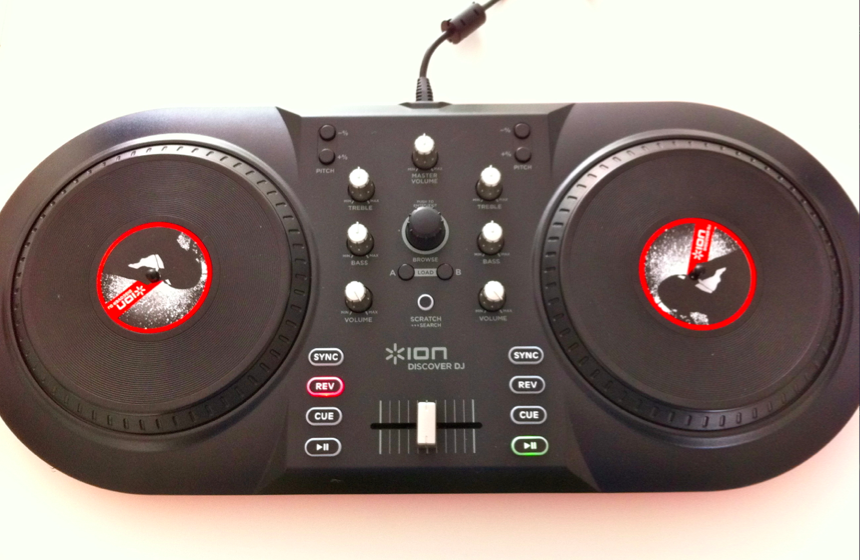
These cracks initially propagate at ∼10ms−1, rapidly accelerating to >100ms−1.

Median cracks initiate below the surface of the glass, at a depth approximately corresponding to the depth at which the surface residual compressive stress diminishes to zero. To address this need, we have observed fracture of a chemically-strengthened glass during dynamic indentation using in situ x-ray phase-contrast imaging (XPCI).
#DISCOVER DJ ION LICENSE KEY CRACK#
An improved understanding of crack initiation and evolution under high-speed indentation could contribute to the development of materials with better performance, but experimental observations are challenging due to the short timescales and limited depth-of-field of optical microscopy. Compared to other widely used prediction methods, the maximum and average relative prediction errors of the proposed model are 10.54% and 5.59%, respectively, which proves the high prediction accuracy of the model.ĭynamic point impact loading is a primary cause of fracture of glass screens on mobile devices. The results show that arc-shaped cracks and bifurcated cracks account for 72.5% of all cracks, while ultrasonic vibration amplitude influences most of the proportions of arc-shaped and bifurcated cracks. Twelve sets of UVAG experiments were carried out to validate the proposed model. The weighted least square support vector machine (WLS-SVM) prediction model for the MSSCD was developed. The varying effects of the grinding and ultrasonic parameters on the crack form proportions are unveiled by using grey relational analysis. In this work, the subsurface crack forms and their proportions are investigated by conducting 40 sets of UVAG experiments. Predicting the maximum subsurface cracks depth (MSSCD) by considering the varying effects of process parameters plays a key role in implementing effective control of the UVAG process. Due to the variety of loads involved in crack formation and propagation, the crack forms and propagation depths have different sensitivities to each process parameter. Subsurface cracks in ultrasonic-vibration-assisted grinding (UVAG) of optical glasses often exhibit diverse forms and proportions.
#DISCOVER DJ ION LICENSE KEY SERIES#
Only one of the series did significantly improve the crack resistance where low CaO content, high TiO2 content, high molar volume and increased elastic deformation favored an increased crack resistance. The crack resistance, an important property in many applications where glasses are subjected to contact damage, showed very different behaviors among the series. The reduced elastic modulus was less affected by the CS but showed decrease for most samples. The hardness of the glass samples increased, and this was notably dependent on the SiO2, CaO and TiO2 content. The CS, which was performed by a K+ for Na+ ion exchange in a molten KNO3 salt bath at 450 ☌ for 15 h, yielded significant changes in the indentation mechanical properties.


The compositional effects on the hardness, reduced elastic modulus and crack resistance as determined by indentation of chemically strengthened (CS) TiO2-doped soda lime silicate glass was studied in the current paper. It offers interesting optical and mechanical properties, for instance, by substituting heavy metals such as lead in consumer glasses. TiO2 is an important oxide for property modifications in the conventional soda lime silicate glass family.


 0 kommentar(er)
0 kommentar(er)
